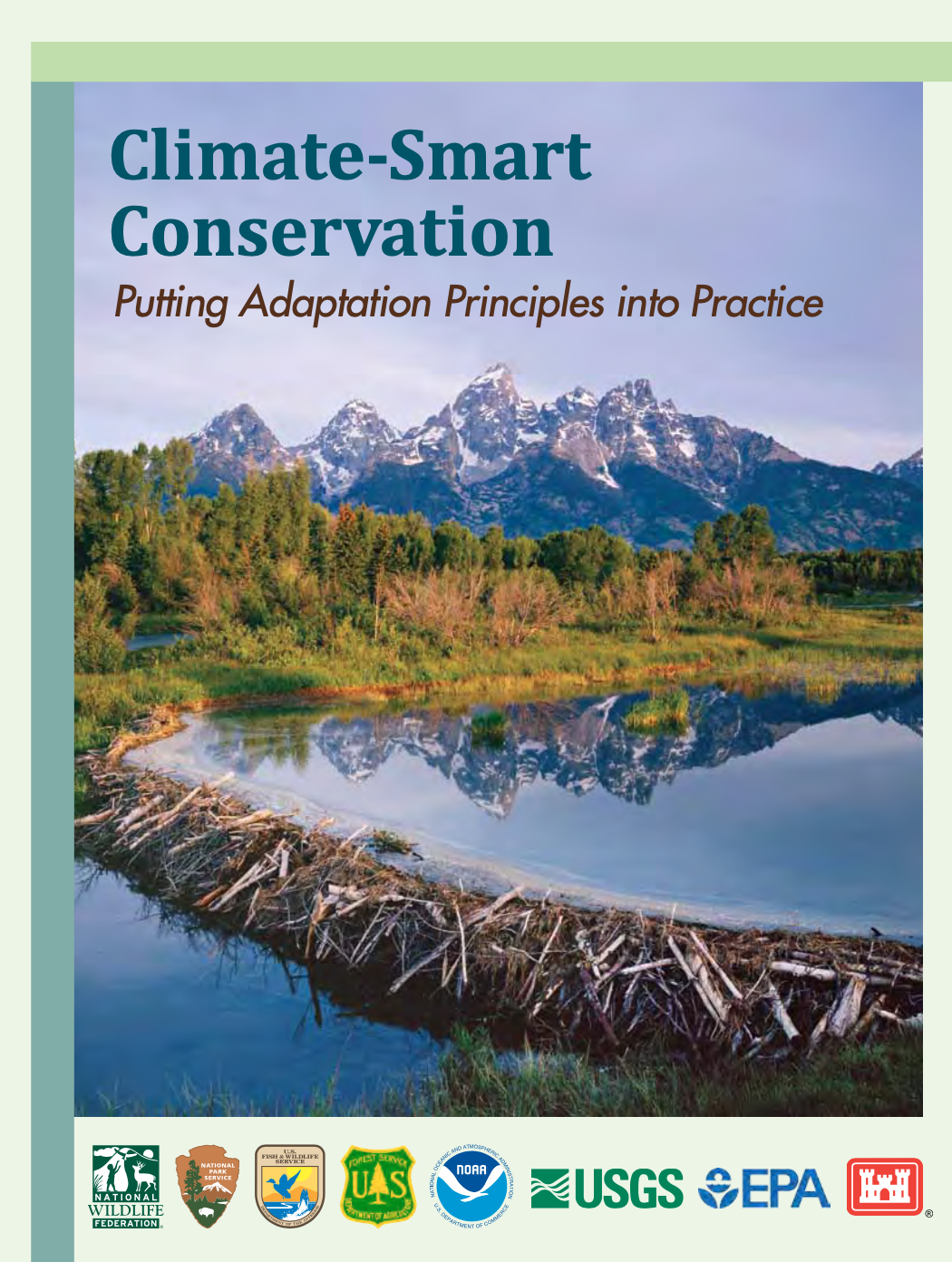Article /
Climate-Smart Conservation: Putting Adaptation Principles into Practice

Executive Summary
This resource was submitted by the Climate Risk Institute for theCanAdapt Climate Change Adaptation Community of Practice.
This article is an abridged version of the original text, which can be downloaded from the right-hand column. Please access the original text for more detail, research purposes, full references, or to quote text.
Climate change already is havingsignificant impacts on the nation’s species and ecosystems, and these effects are projected to increase considerably over time.As a result, climate change is now a primary lens through which conservation and natural resource management must be viewed. How should we prepare for and respond to the impacts of climate change on wildlife and their habitats? What should we be doing differently in light of these climatic shifts, and what actions continue to make sense?Climate-Smart Conservation: Putting Adaptation Principles into Practiceoffers guidance for designing and carrying out conservation in the face of a rapidly changing climate.
Addressing the growing threats brought about or accentuated by rapid climate change requires a fundamental shift in the practice of natural resource management and conservation. Traditionally, conservationists have focused their efforts on protecting and managing systems to maintain their current state, or to restore degraded systems back to a historical state regarded as more desirable. Conservation planners and practitioners will need to adopt forward-looking goals and implement strategiesspecifically designed to prepare for and adjustto current and future climatic changes, and the associated impacts on natural systems and human communities—an emerging discipline known asclimate change adaptation.
The field of climate change adaptation is stillin its infancy. Although there is increasing attentionfocused on the subject, much of the guidancedeveloped to date has been general in nature, concentrating on high-level principles rather thanspecific actions. It is against this backdrop that thisguide was prepared as a means for helping put adaptation principles into practice, and for moving adaptation from planning to action.
